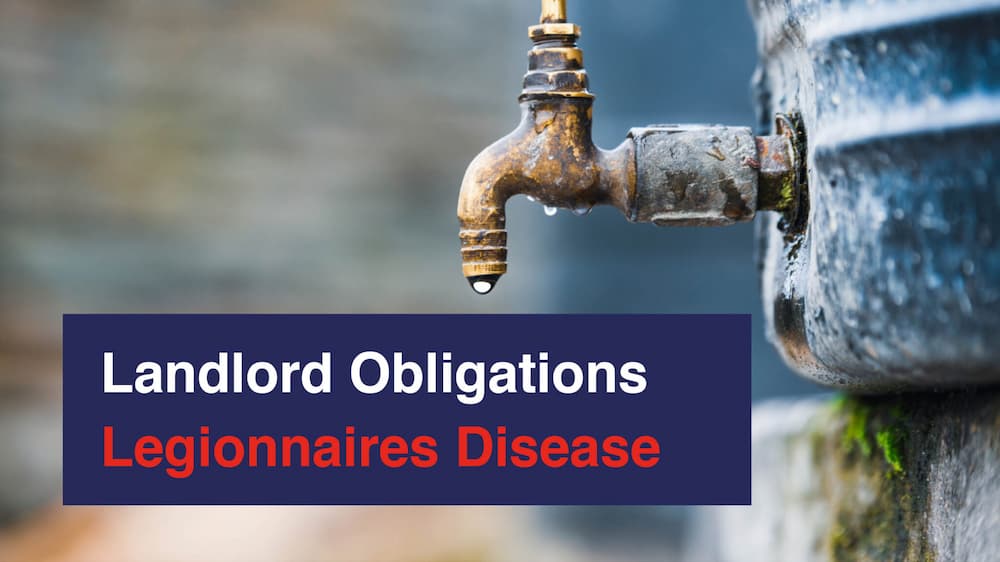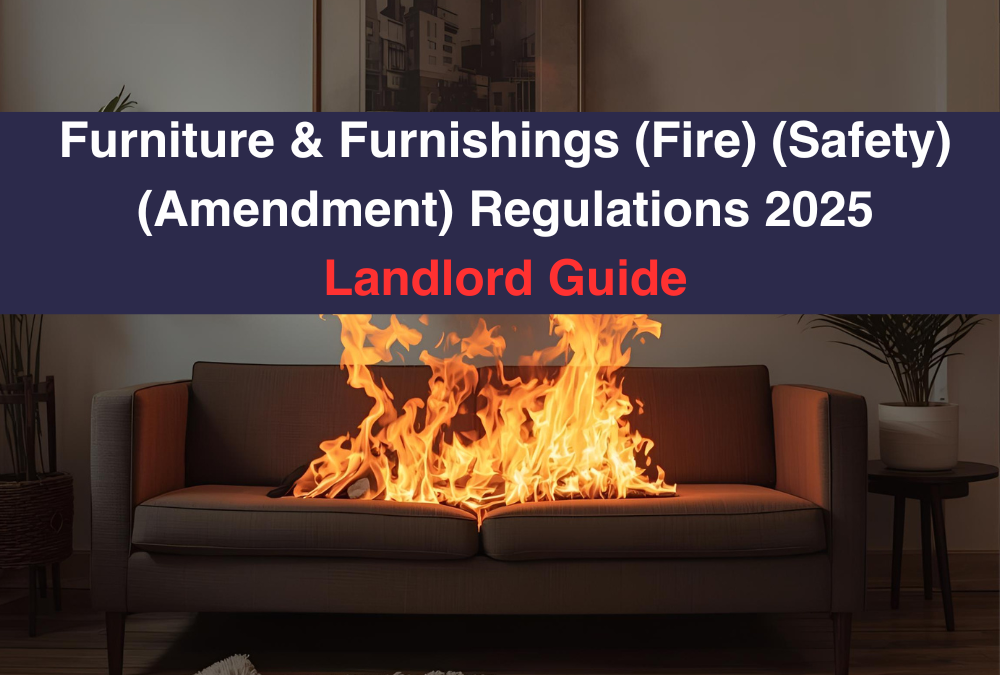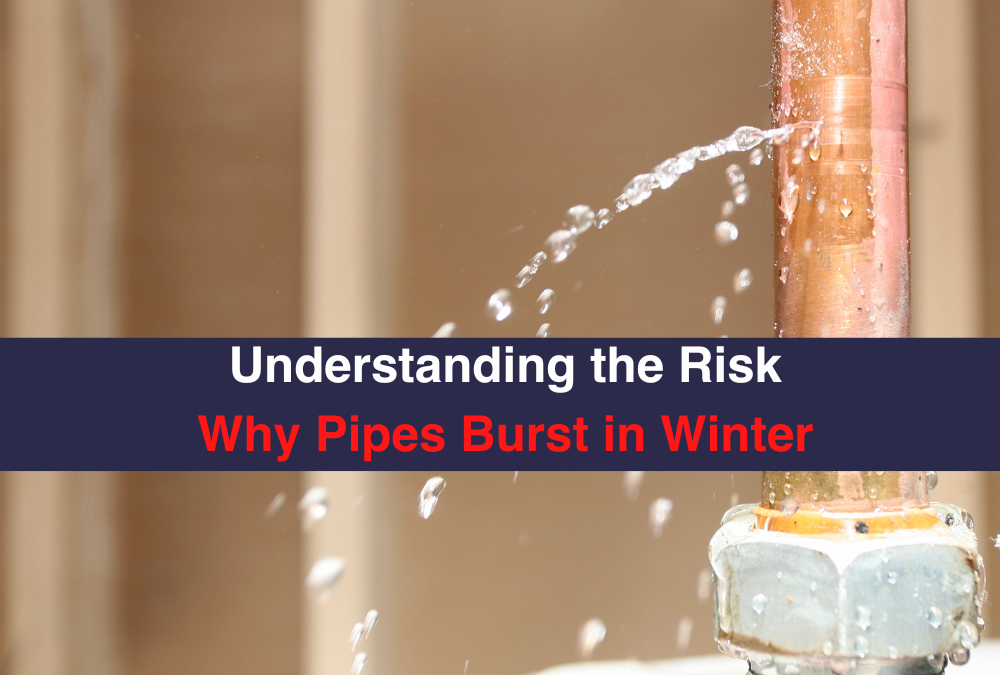Legionnaire’s Disease is a disease which is caught by inhaling droplets of water containing the Legionella bacteria. People with weaker immune systems are particularly at risk.
The Legionella bacteria can be found in most water systems, but the main areas of risk are areas where water of between 20 and 45 degrees can become stagnant and there is rust, sludge, scale, or organic matter for the bacteria to feed upon and multiply.
Potential problems with boilers
Most modern water systems will not require any action other than the carrying out of a risk assessment. However, old water systems and dirty or poorly maintained air conditioning systems may well need work to be carried out.
Landlord’s obligations
In 2012, The HSE changed its Code of Practice for Legionnaire’s Disease. Now water systems of a volume of less than 300 litres are included where it was only higher volumes before.
This means that landlords now need to carry out appropriate risk assessments otherwise they may risk prosecution. The risk assessment may be carried out by a third party or the landlord if he is competent to do so but, ultimately, the responsibility is the landlords.
A risk assessment should ask the following questions:
- Is the water stored between 20 and 45 degrees?
- Is there stagnant water in any areas of the water system, for example, redundant pipework?
- Is there rust, sludge, scale, or organic matter in the system?
- Do the thermostatic valves on outlets release water within the above temperature range?
- Are there any outlets which are not frequently used, for example, showers or taps in second bathrooms?
You should also consider whether your tenants are particularly at risk due to age, illness or weakened immunity.
What to do if a risk is identified
Steps should be taken to deal with any risks identified, such as flushing out the system, avoiding debris getting into the system, maintaining the correct temperature, and advising tenants of the risks and how to avoid them, even if this is something as simple as flushing out the system after periods of lack of use.
If any redundant pipework is identified, then this could also be removed.
Keep things under review
The risk assessment should be reviewed regularly and whenever any element of it changes and written records should be kept of risk assessments and when they are carried out.
Related Articles
- Landlords Guide to Water Supply & Your Responsibilities
- Homes (Fitness for Human Habitation) Act 2018
- Quick Guide to Legionella & Your Responsibilities as a Landlord
- A Landlords Guide To Smoke Alarms
- Landlord Property Management Services in Sheffield








